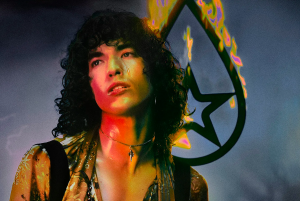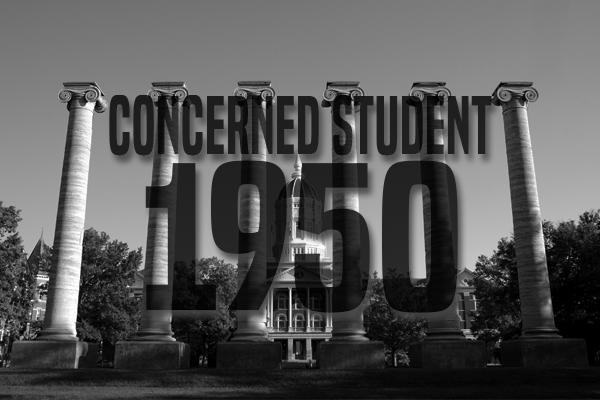[quote]By Nurah Lambert
Entertainment Editor
Photo courtesy of AdamProcter (Wikipedia)[/quote]
In mid-March this year a grainy video was released of members from the Sigma Alpha Epsilon (ΣAE) fraternity at University of Oklahoma singing a racist chant to the tune of “If You’re Happy and You Know It.” Controversy sparked immediately, and within days, the two men leading the chant were expelled from the school. But with racial tensions already high due to rocky police relations within black communities, more scrutiny was placed on both Greek life and racism on college campuses in general. Most recently, there have been demonstrations at campuses like Yale University, Tufts University, and closest to home, University of Missouri, or “Mizzou,” denouncing acts of racism and demanding social change.
The string of racially charged events prior to the Mizzou’s protests included two white students scattering cotton balls around the students’ Black Culture Center, a swastika drawn in feces on the wall of a residence hall, and other demeaning gestures. One protest which held a lot of impact occurred when black football players refused to attend practices and games unless Tim Wolfe, former president of University of Missouri, apologized for his lack of action and resigned. Within days, Wolfe resigned. Events at the historic University of Missouri have created a chain reaction on campuses across the United States and even some Canadian colleges: sit-ins, walk-outs, protests, large groups of people otherwise different banding together for a common cause.
The purpose of the protests is to lend a more powerful voice to those previously ignored. After students’ pleas with administrators to mitigate racially driven offenses went unheard, protesting and activism were the next available steps.
Racial tensions in America have not changed, nor dissipated, since America’s nativity. Even after the Civil Rights Movement ended, even after integration acts passed, even after seeing the first African-American president sworn into office, racial barriers still prove to be domineering components of American society. People are often quick to claim that racism ended in the 1960s or even that it ended with President Obama’s administration, but in reality, it has always been here and it will be a long while before it dissolves into the past, because racism, toward any group of marginalized people, mutates over time. For black people, it began with slavery, and when that was abolished it morphed into Jim Crow laws, a newer, subtler form of slavery. And now the racism is mostly systematic. We live in a country where institutions are built by the oppressors, for the oppressors, a country in which minorities fall behind, not because they do not try, but simply because the majority it given a head start.
The main problem with racial injustice is that it is heard the loudest by those already listening, and plays silent to those who need to hear it. Solutions cannot come only from protesting, because although demonstrators may receive their demands or even the treatment they desire, it will not be long term. Because racism is an institutionalized concept, if it continues on misunderstood, it will continue on period. That means that both parties–the oppressors and the oppressed–must establish open-mindedness as a fore principle in order to achieve any sort of mutual compliance.
Obtaining the “anti-racism” standard has less to do with mistakes people make, but more so to do with their willingness to correct them. It has less to do with the majority already knowing what is wrong with the situation and more to do with the majority becoming more open to learn, understand, and accept those concerns so that the situation may be mended. No one can read minds and few can fully empathize with others, so it’s in everyone’s best interest to be open and candid in regards to what they feel is right versus wrong. This means that if someone is using a racial slur, for example, and they make a person uncomfortable, the uncomfortable person should tell them why they shouldn’t say it, and the person using the slur should stop saying it. It’s simple, and although this doesn’t solve all problems, it is such an easy way to start.
Modern day racism typically stems from blind hatred, supremacy, and ignorance, an unholy trinity made up of malleable components, that we as a society can still reshape to structure a less toxic social construct. We cannot eliminate racism, because race will always exist; however, we can eliminate the negative effects of racism by learning about each other and upholding a standard of mutual understanding.







